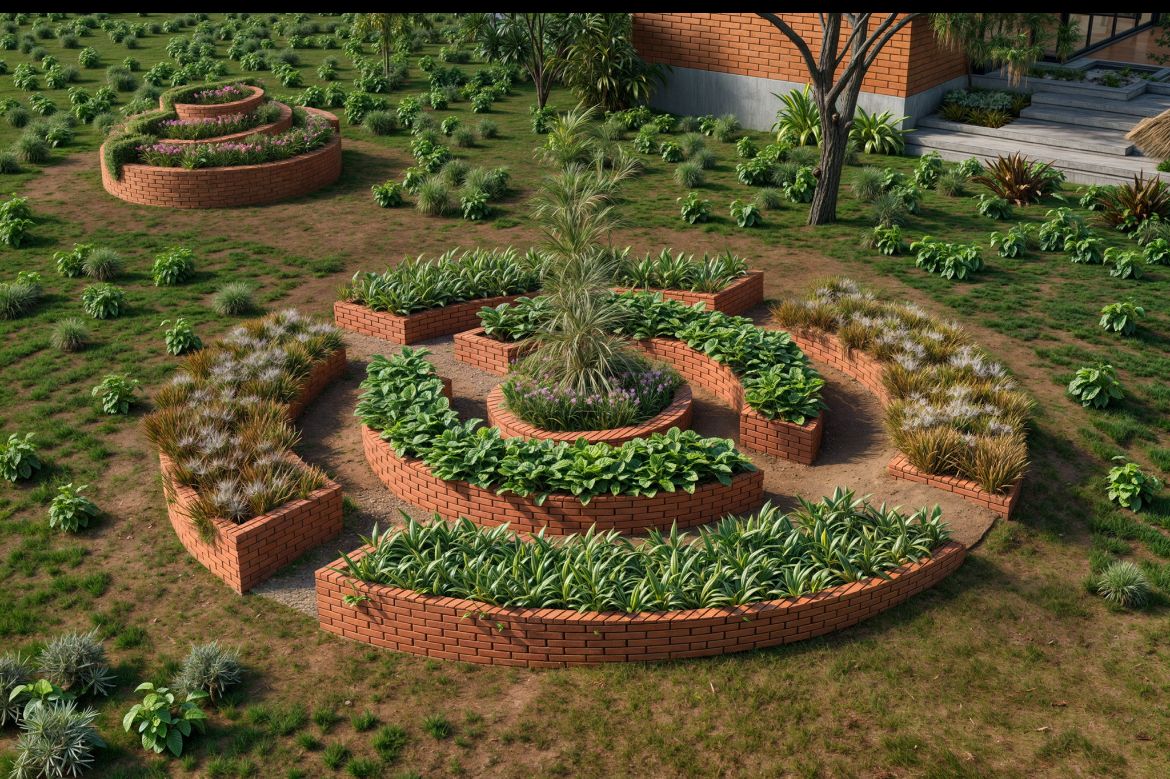
What is Permaculture?
Permaculture is a sustainable design system that works in harmony with nature to create self-sufficient ecosystems. It combines agriculture, ecology, and community living to build environments that regenerate themselves over time. The concept was developed in the 1970s by Bill Mollison and David Holmgren as a way to mimic natural ecosystems for human benefit.
Instead of relying on chemical fertilizers and monoculture farming, permaculture promotes biodiversity, soil health, and renewable resources. It encourages techniques like companion planting, water harvesting, agroforestry, and organic farming to create resilient and productive landscapes. Whether in a backyard garden or a large-scale farm, permaculture principles can be applied to build a greener and more sustainable future.

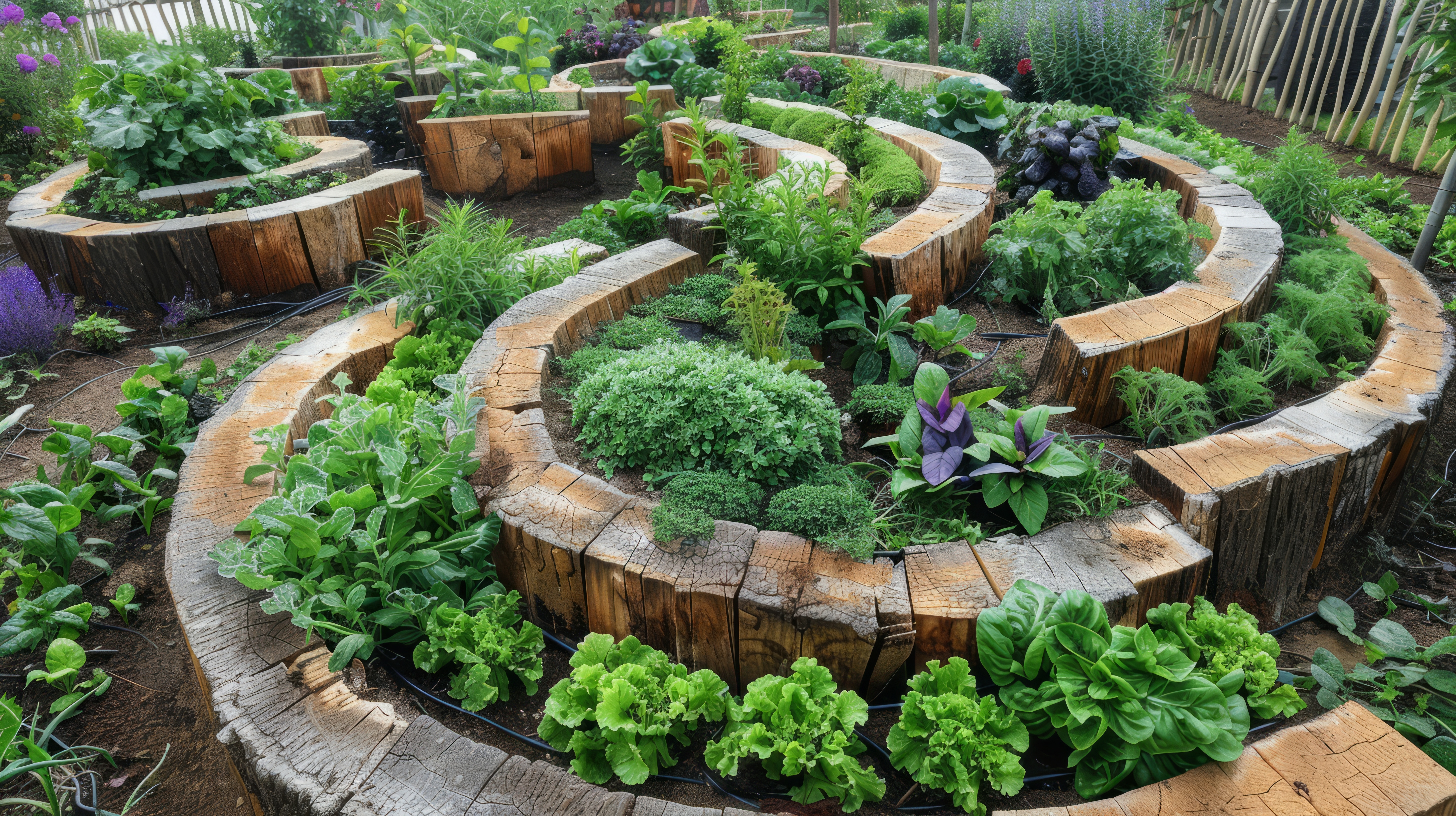

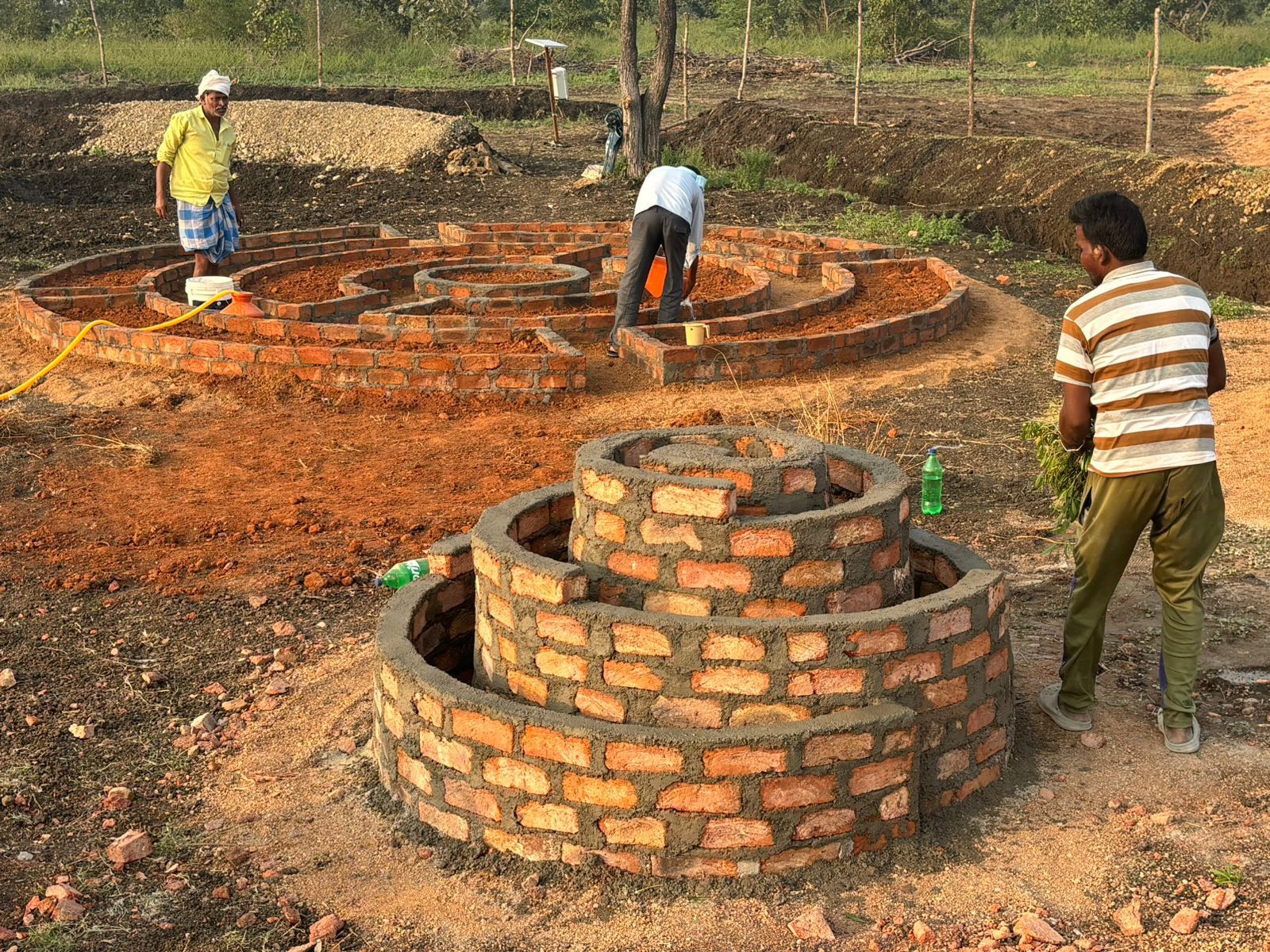
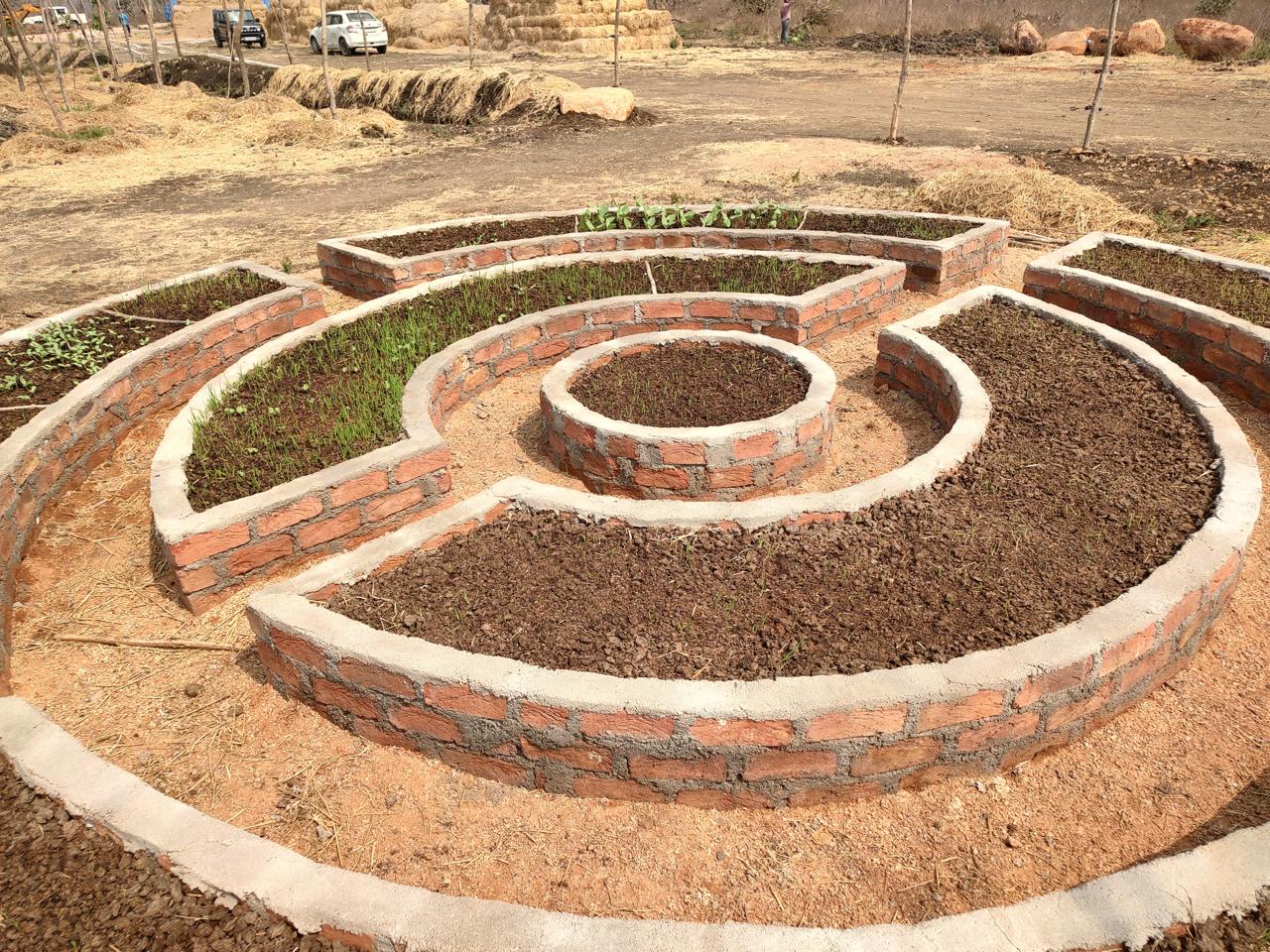
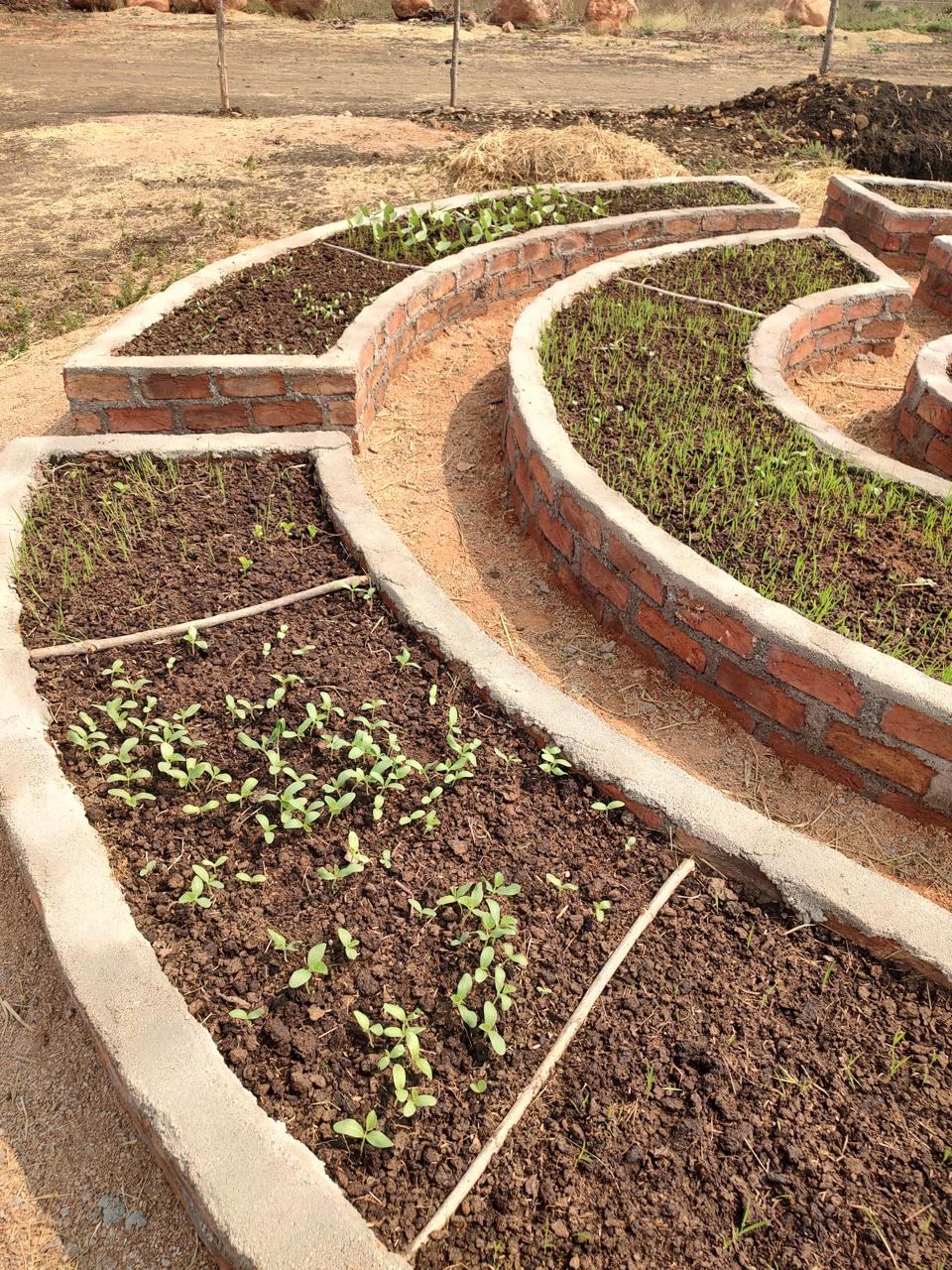
Permaculture at Oxygen Forest
At Oxygen Forest, permaculture is at the heart of our sustainable ecosystem. We have designed our landscape to work in harmony with nature, ensuring that every plant, tree, and water source contributes to a self-sustaining environment. By applying permaculture principles, we promote soil regeneration, biodiversity, and water conservation, creating a thriving green space that nurtures both people and wildlife.
Our approach integrates companion planting, natural irrigation systems, organic farming, and agroforestry to enhance soil fertility and reduce waste. By avoiding chemical fertilizers and pesticides, we ensure that our food forests and gardens remain pure, organic, and regenerative. Visitors and volunteers at Oxygen Forest can experience hands-on permaculture practices, learning how to build eco-friendly, resilient, and productive landscapes that can sustain generations to come.
